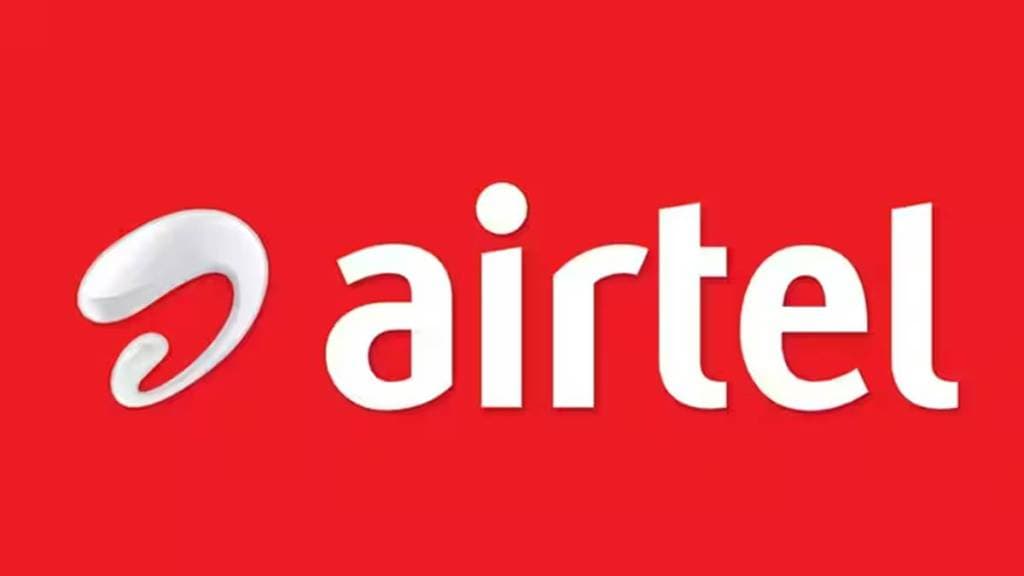The country’s second largest telecom operator, Bharti Airtel, on Thursday reported monthly average revenue per user (Arpu) of Rs 200 during the April-June quarter. The company reached this mark mark after nearly 10 years. The decline in Arpu post-2016 was largely on the back of a tariff war led by Jio, which entered the market in September 2016.
However, Airtel has over the years rebuilt its business on the back of an increase in data consumption, prepaid to postpaid migration, upgrades from feature phones to smartphones, and traction in international roaming plans.The strategy seems to have paid off — the increase in Arpu during the quarter is without any headline tariff hikes. The company increased base level tariffs to `155 from `99 in March, which was also reflected in the Arpu uptick in June quarter.
Airtel’s Arpu is the highest among peers. Its closest competitor Jio’s Arpu is at Rs180.5, whereas that of Vodafone Idea as of March-end was `135.At the post-quarter earnings call with investors, Airtel managing director and CEO Gopal Vittal said, “The movement in Arpu that we have seen reflects the power of our premiumisation approach. What is driving this premiumisation is that upgrades from feature phones to smartphones, prepaid to postpaid is one area where Arpu pretty much doubles, data consumption and monetisation, and then there is international roaming where we have simplified pricing dramatically.” Airtel is now targeting Arpu of Rs 300, which might take about five years to achieve.
During the quarter, Airtel’s postpaid subscriber additions improved to 0.83 million from 0.66 million in the preceding quarter. As of June-end, the company’s total postpaid base was at 20.5 million, which is 6% of its subscribers. “Opportunity in postpaid is clearly high and I think, India over a period of time will start moving more and more towards postpaid,” Vittal said.The number one lever of growth for Airtel is prepaid and postpaid, Vittal said, which will increase Apru. “The second lever of growth is switching the user from our competition to us and I think 5G tends to play a role. And the third opportunity is really around the family packs, which really helps,” he said, adding that the tariff structure needs to be tweaked for a meaningful extension in Arpu.
Brokerage house Jefferies said, “Airtel’s postpaid subscriber additions of 0.8 million — the highest in a decade — should dispel any notions of market share loss in this segment due to Jio’s recently introduced postpaid tariffs.”Airtel in March announced family plans for postpaid subscribers starting at `599 a month for two connections, unlimited calling and 105 GB data with OTT subscriptions. Further, the company also introduced its international roaming world pass and slashed international roaming rates by 99%. Under the world pass, the new postpaid plans range between Rs 649 and Rs 14,999 with validity ranging from 1 to 365 days. The new prepaid plans will cost between Rs 649 and Rs 2,997 with validity ranging from 1 to 365 days.Currently, Airtel gets 18% of its overall revenues from the 2G or feature phone segment. The company is not concerned about the new feature phone launched by Jio.
“It’s early days. When it was launched last time we did see an impact. At that time, the feature phone market was much larger than what it is today,” Vittal said, adding that Airtel will continue to focus on upgrading feature phones users to smartphones.According to brokerage house Citi, Airtel’s April-June performance is another indicator of its strong execution backed by an effective premiumisation strategy and cost control, that is yielding results in market share gains, robust free cash flow generation, and balance sheet deleveraging.

